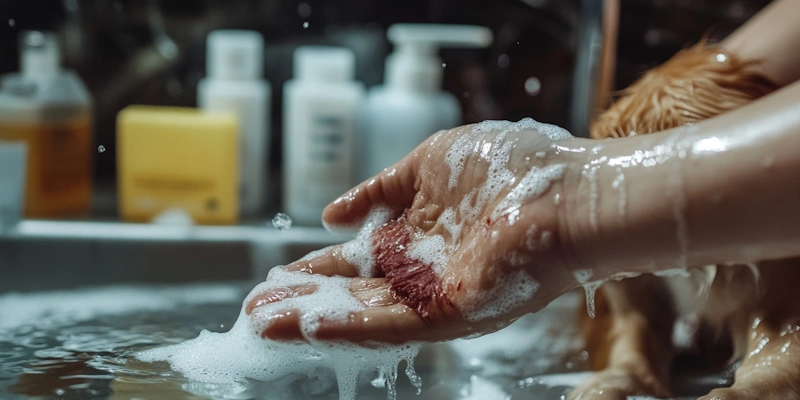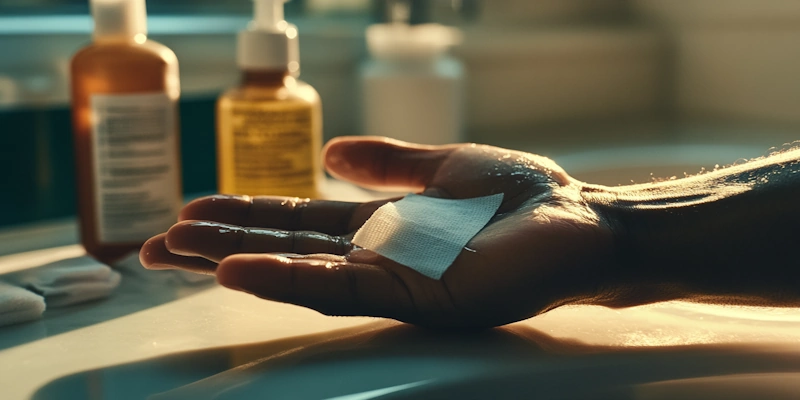Treating a dog bite promptly and correctly is crucial to prevent infection and complications. Understanding the steps involved can help ensure proper care and recovery. This guide provides detailed instructions on treating a dog bite effectively.
Introduction to Treating Dog Bite
Dog bites can cause serious injuries and infections if not treated properly. Treating dog bite wounds promptly is essential to prevent complications. This guide will help you understand the necessary steps for treating a dog bite and ensuring proper care and recovery.
Step 1: Assessing the Bite
First, assess the severity of the dog bite. Check for deep punctures, excessive bleeding, or signs of infection. If the wound is severe, seek medical attention immediately. For minor bites, you can perform first aid at home. Ensure the safety of the person bitten by removing them from the dog's vicinity.
Step 2: Cleaning the Wound

Cleaning the wound is the first step in treating a dog bite. Use mild soap and warm water to wash the area thoroughly. Remove any dirt or debris from the wound. Avoid scrubbing the wound, as this can cause further irritation. Pat the area dry with a clean towel.
Step 3: Applying Antiseptic
Apply an antiseptic solution to the wound to prevent infection. Use a clean cotton ball or gauze pad to apply the antiseptic gently. Ensure the entire wound area is covered. Avoid using alcohol-based antiseptics, as they can cause pain and irritation.
Step 4: Bandaging the Wound

After cleaning and applying antiseptic, cover the wound with a sterile bandage. Use a non-stick bandage pad to avoid sticking to the wound. Secure the bandage with adhesive tape, ensuring it is snug but not too tight. Change the bandage daily or whenever it becomes wet or dirty.
Step 5: Monitoring for Infection
Monitoring the wound for signs of infection is crucial in treating a dog bite. Look for redness, swelling, pus, or increased pain around the wound. If you notice any signs of infection, seek medical attention immediately. Early intervention can prevent serious complications.
Step 6: Seeking Medical Attention

Seek medical attention for severe dog bites or if signs of infection develop. A healthcare professional can assess the wound and provide appropriate treatment. They may prescribe antibiotics to prevent or treat infections. In some cases, stitches or a tetanus shot may be necessary.
Step 7: Following Up on Rabies Vaccination
Ensure the dog that caused the bite is up-to-date on its rabies vaccination. If the dog’s vaccination status is unknown, contact local animal control or a veterinarian. The bitten person may need a rabies vaccination as a precaution.
Step 8: Reporting the Bite
Report the dog bite to local authorities, especially if the dog is a stray or unknown. Provide details about the incident, including the dog's description and any contact information for the owner. Reporting helps prevent future incidents and ensures proper follow-up.
Conclusion
Treating a dog bite promptly and correctly is essential for preventing infections and complications. By assessing the bite, cleaning the wound, applying antiseptic, and monitoring for infection, you can ensure proper care and recovery. Seeking medical attention and following up on rabies vaccination are also crucial steps. Understanding these steps can help you effectively manage dog bites and ensure the well-being of the person bitten.